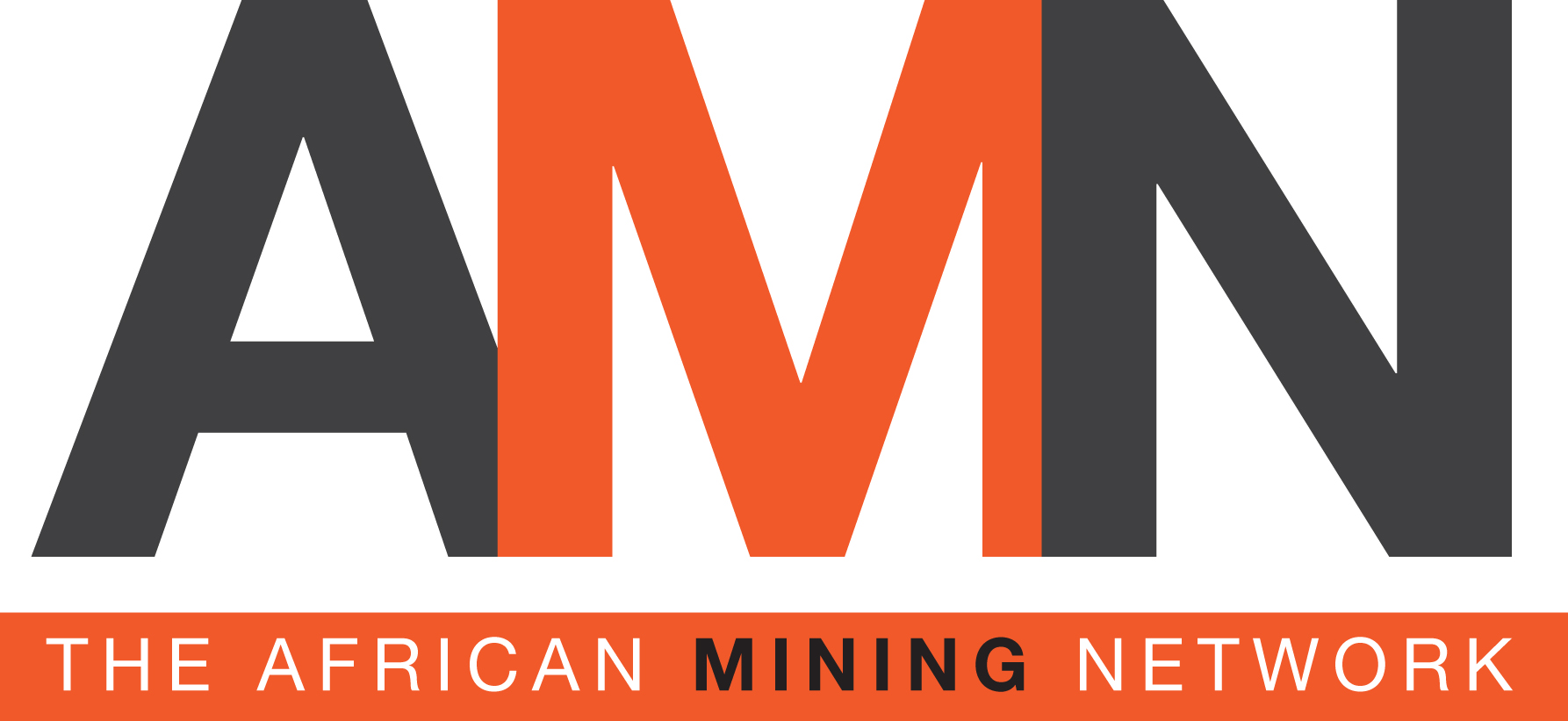- Yolanda Torrisi
- +61 412 261 870
- yolanda@yolandatorrisi.com
- Nina van Wyk
- +27 82 926 3882
- nina@africanminingnetwork.com
Positive results from an Expansion Study Preliminary Economic Assessment (PEA) for the Fekola mine in Mali have prompted B2Gold to proceed with an expansion project to increase processing throughput by 1.5 million tonnes per annum. This will take annual processing capacity at the gold project to 7.5 million tonnes.
The Expansion Study PEA was conducted to evaluate the life-of-mine options for expanded mining and processing to maximise the value of the substantially increased indicated and inferred mineral resource at the mine.
The expansion will not require an additional ball mill or additional power generation capacity.
Based on the new optimised mine plan, the mining rate at Fekola will also be increased, along with additional mining equipment to accelerate the supply of higher-grade ore to the expanded processing facilities.
As a result of the project and mineral resource expansion, the Fekola mine will produce more gold over a longer life, with more robust economics and higher average annual gold production, revenues and cash flows than the previous LoM.
Inferred resources are considered too speculative geologically to have economic considerations applied to them that would enable them to be categorised as mineral reserves. Consequently, there is no certainty that the Expansion Study PEA will be realised.
- Assuming an effective date of January 1, 2019, a gold price of US$1,300 per ounce and a discount rate of 5%, economic highlights from the study include:
Estimated optimised LoM extended into 2030, including significant estimated increases in average annual gold production to over 550,000 ounces during the five-year period 2020-2024 and over 400,000 ounces per year over the LoM (2019-2030).
- Projected gold production of about 5 million ounces over the new mine life of 12 years of mining and processing (including 2019). Prior to 2019, the Fekola Mine produced more than 550,000 ounces. The Fekola resource remains open to the north.
- An increase in project NPV of approximately $500 million versus the comparable amounts in the company’s latest AIF Mineral Reserve LoM model.
- Forecast LoM pre-tax net cash flow of approximately $2.8 billion.
- Forecast LoM pre-tax net present value of over $2.2 billion.
- Revised projected LoM cash operating cash costs and all-in-sustaining-costs (AISC) remain low, below $500 and $700 per ounce respectively despite mining a larger open pit at slightly lower gold grade. This is due to economies of scale arising from increased mining and processing rates and the new optimised mining schedule. During the five-year period 2020-2024 under the new optimised LoM, AISC is expected to average approximately $630 per ounce.
- Forecast expansion capital payback period of less than one year.
- Estimated processing plant expansion capital cost of approximately $50 million over a period of around 18 months for processing expansion and upgrades (through Q3 2020). Half of this capital is expected to be spent in 2019 with the remaining half in 2020. It is anticipated that this will be financed from existing Fekola mine cash flows.
- Projected annual mining rate increased to a baseline of about 54 million tonnes and subsequently stepped up to about 76 million tonnes to support the increased processing and stockpiling necessary to maintain plant feed grade.
- Staged mining fleet additions totalling about $56 million over the LoM are expected to be equipment loans/lease financed over respective 5-year periods, on terms similar to the existing Fekola fleet loan/lease terms.
Ongoing drilling continues to infill the existing inferred resources to indicated resources. Mineralisation remains open to the north and down plunge, indicating the potential to further increase resources and reserves. A large exploration drilling program will begin in Q3 2019 to further test the Fekola North, Cardinal and Anaconda zones.
During the expansion study, other upside opportunities were identified and are currently under review.
These will be incorporated into an updated Fekola LoM plan when related studies are complete and if they show an increase in overall project value.
Upside opportunities identified to date include renewable energy (focused on a solar plant), alternative tailings storage (co-disposal, paste, dry stack and others), waste mining (various fleet options vs in-pit crushing and conveying) and the potential incorporation of material from the Anaconda mineral resource.

